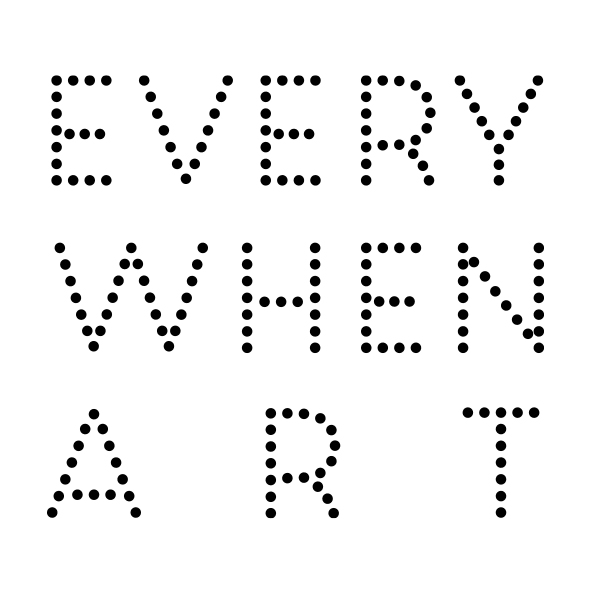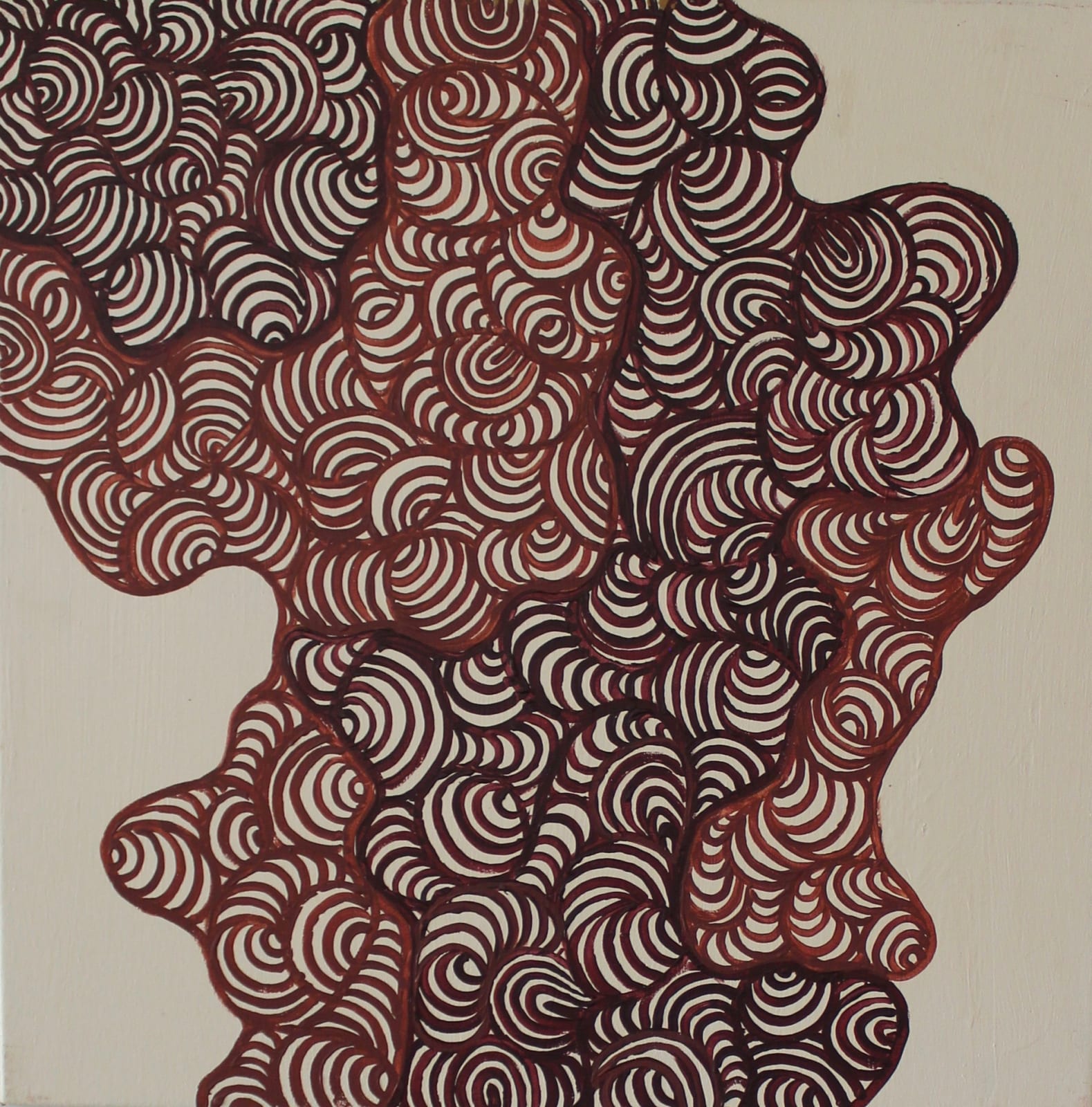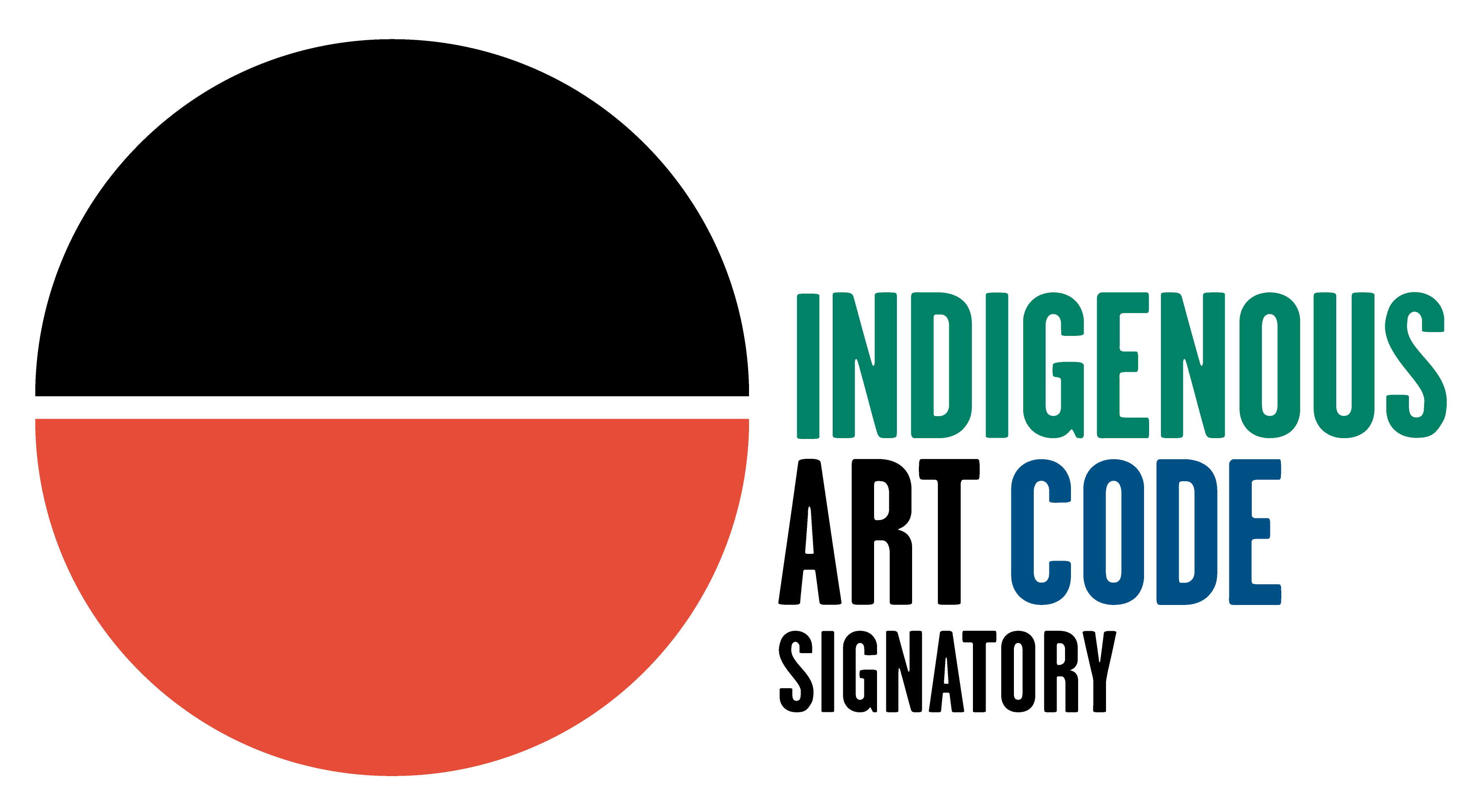Kathryn Queama Pitjantjatjara, b. 1968
24 1/8 x 24 1/8 in
Paintings depict the Tjukurpa, the Law and stories of Ancestors. Anangu (Central and Western Desert Aboriginal people) have responsibilities for the protection and teaching of different Tjukurpa and there are strict protocols for the imparting of knowledge. The dotting technique has evolved with the need to adapt sacred expressions of Tjukurpa for public viewing and as a depiction of the desert landscape.
Kathryn has painted ngayuku ngura (my country). Tali are the sand dunes represented by the scalloped shapes more often used in etching wood carvings. By their very nature landforms also mark sites related to the Creation Ancestors’ journeys across the country; the ‘dreaming tracks’ followed by countless generations of Anangu since. They created landforms and customs to be passed on and maintained over subsequent generations. The sites are linked through inma or ceremony - the singing, dancing and body painting which reveals the laws of nature and provides a blue print for life and a guiding map of country.
'When I burn my tjulpu (birds) and my walka boards I use the tali (sand dune) walka that I learned from my mother in law and her sister. As a child I watched them doing the burnings with the wire.
I started with punu (carvings) and used the tali design for the representation of the wings on my tjulpu. I also used it on the walka boards I started to burn later.
At the same time as I started my own punu artwork I also watched the ladies in Docker River painting. Soon after I did my own canvases.
Last year I started a new series, I wanted to represent the burning design on my canvases.
The tali represents ngura (my country).
I enjoy the process of burning into wood and to create the designs and I like to keep the tradition of my family alive. As much as I like burning, I love painting. I like it both the same. The painting gives me a bigger surface to express my art. Transferring the burning design to the canvas gives me a great joy.'


